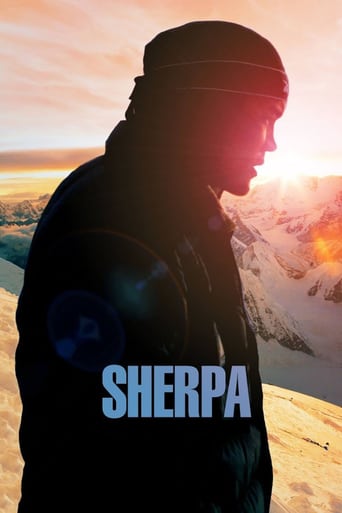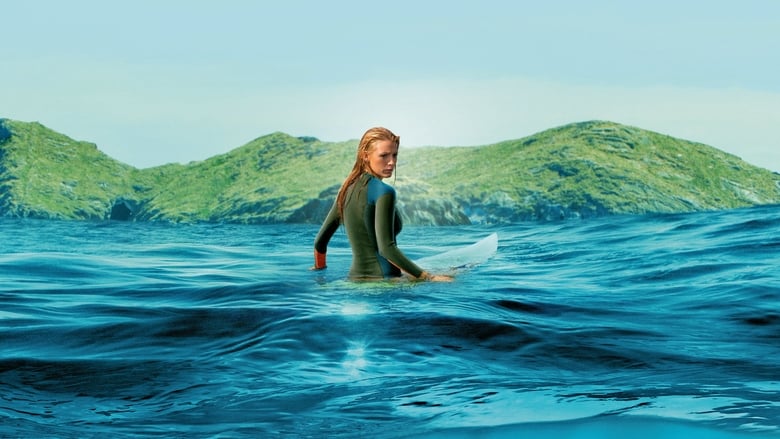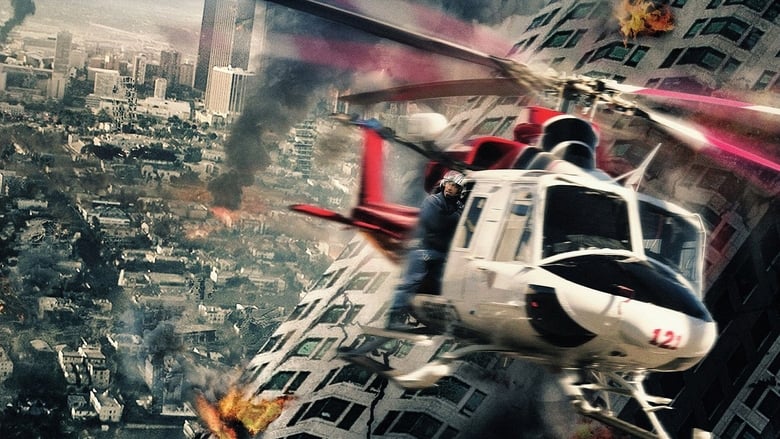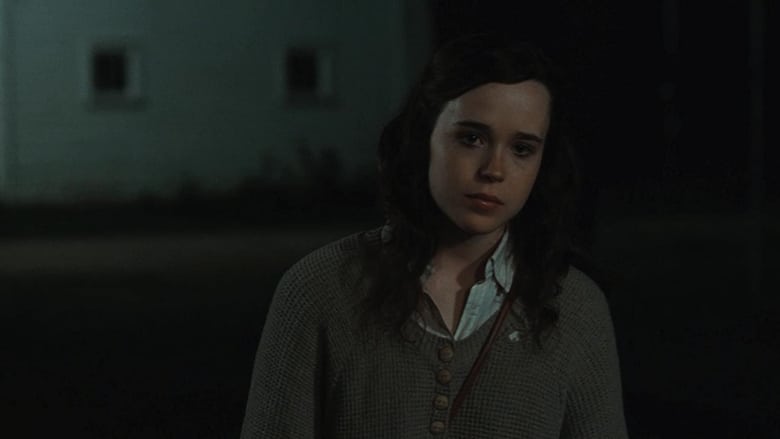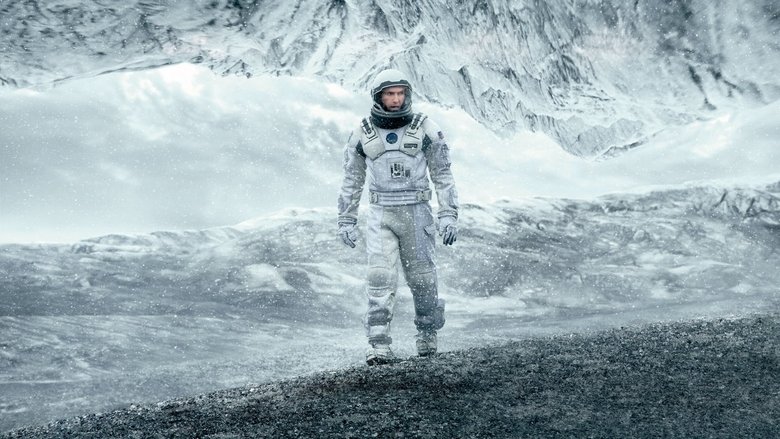In 2013, the world's media reported on a shocking mountain-high brawl as European climbers fled a mob of angry Sherpas. Director Jennifer Peedom and her team set out to uncover the cause of this altercation, intending to film the 2014 climbing season from the Sherpa's point-of-view. Instead, they captured Everest's greatest tragedy, when a huge block of ice crashed down onto the climbing route...


Similar titles


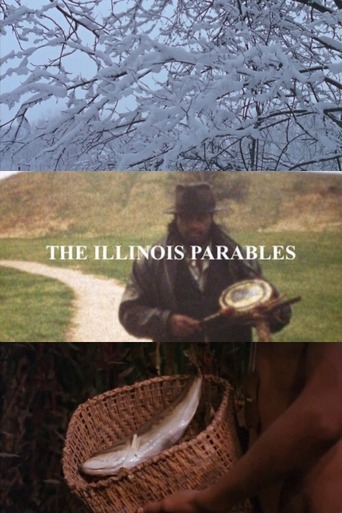




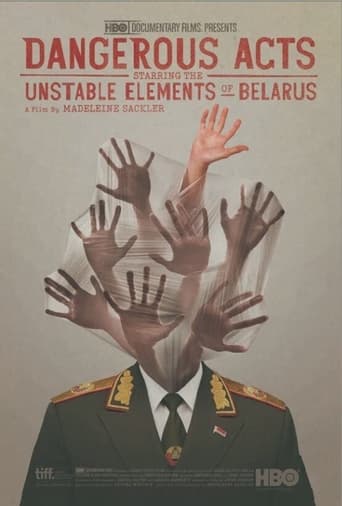
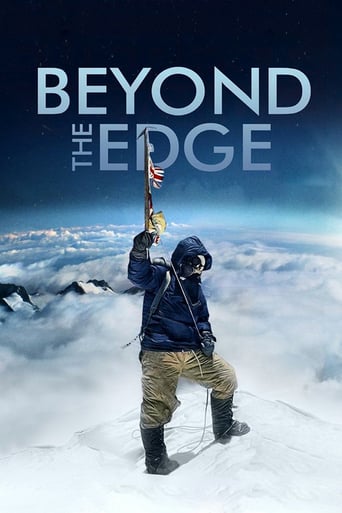

Reviews
These westerners should be ashamed of themselves for their exploitation of the locals, and in taking recognition as Mt. Everest climber. They did not climb the mountain by themselves, but rather with the bulk of the hard work was done for them by the Sherpas. The ONLY reason they were able to summit is because of the Sherpas' efforts. This is a rich men's game, and these climbers are usually millionaires (and more) or with extremely rich sponsors.The government of Nepal should be ashamed of themselves as well; not only for what they do to their own people, but also what they allow to happen in this mountain with the man-made destruction of this beautiful natural environment. These climbing operations and their climbers leave countless of oxygen bottles, climbing equipment, tools, garbage, non-degradable trash, human excrement, etc. on this mountain. Almost all of these trash and garbage will remain there forever because of the preservation characteristic of extreme cold temperature. There are efforts to retrieve these refuses, but only as symbolic attempts at best with no real solutions to make a difference.I have no respect for those people who do extreme sports (or extreme of anything). In their quests of accomplishing their goals, they always have to destroy or harm something else with much more devastating impacts (whether it's the environment, the animals, their competitors, their societies, their communities, their families... or even themselves). They are just like those bad auto mechanics who fixed the brakes, but allowed the tires to detach down the road, or those plumbers who unclogged the toilet, but caused the toilet water leakage in the process.I propose a complete ban of Mt. Everest climbing for 10 years or until when all the man-made objects/trash completely be removed from this mountain. Once it's allowed to be climbed again, all climbers must carry their own supplies and equipment beyond base camp, that means Sherpas can only help climbers and transport their cargoes up to base camp (no more 30-trip climbing for each Sherpa and no more laying down ropes and tracks for climbers from base camp to summit; and, ANYTHING taken up must be brought down each climbing season. This rule alone will cut down a huge number of rich/part-time/amateur climbers and their share of the destruction of Mt. Everest. Last but not least important issue: past and present Sherpas are to be recognized for their summits in the history books/records just like their westerner counterparts. Sherpas are to be recognized as professional mountaineers at the national and international level with their salaries/benefits shall be commensurate with their experience and years in service.
Wonderful film about people at the bottom of the food chain standing up for their rights against the foreign companies and their own government who are using them. This is the story you never see in stupid Hollywood movies like "Everest".Climbing Everest has become a huge industry where rich foreigners pay climbing expedition companies like Russell Brice's Himalayan Experience large amounts of money (up to a 100000 USD) to fulfill their "dream" to climb and reach the top of the mountain. The local Sherpas who are climbing experts are hired to take all the biggest risks and lay the path for the foreigners but are only paid a small fraction (5000 USD per climb) of what the company earns. The Nepalese government also takes a big cut (about one third) with out providing any benefits or insurances for the Sherpas or their families.Russel Brice personifies everything that is wrong with this industry. In front of the camera he lies several times to his clients (the foreign climbers), about the Sherpas being threatened to have their legs broken by some of their own people if they continue climbing. He is basically trying to vilify some of the Sherpas and turn them against each other, instead of taking any responsibility when all they are doing is demanding fair treatment and payment. Russell also tells his clients that the Sherpas and their families will have nothing to eat if they don't climb which we later in the film see is simply not true. They have other sources of income and their families don't even want them to climb. I can only hope this guy goes out of business soon!!!
Mount Everest brings to mind many things. High altitudes, freezing temperatures and an increasing number of foreigners climbing the peak, at one point resulting in a traffic jam of epic proportions. It has become a business, with the Sherpa people always in the background; rarely expressing any emotion, helping out willingly as it is often the only way that these people can earn themselves a living – risking their lives time and time again to help complete strangers.This film is told almost entirely from the perspective of the Sherpa. As we watch we see the insane risks that these people put themselves through, we also learn about the Sherpa as a native people. Deeply religious, they pray constantly that their journey will be successful and without death.Their prayers are of course no guarantee, and in 2013 an almost inconceivable incident happened at 21,000 feet: a fight broke out between the Sherpa and the climbers they had been helping. They felt disrespected by a western climber who had referred to one of them as a mother f***er, which is pretty much the worst thing you could say to one of these people.The small bits of footage captured from this incident show the usually calm and reserved Sherpa visibly angry. Tempers flared, rocks were thrown, as the Sherpa people finally let their voices be heard, knowing that foreign climbers see them almost as tools to help them achieve their goal, and don't respect them and their work as a result.That fight was the inspiration behind this Australian-made documentary as the filmmakers decided that to find out what had caused this tension, they should follow the Sherpa, interviewing them and their families, who often have a good sense of humour about a very dangerous job that their loved one is involved in. Also interviewed and extensively on camera is Russell Brice, who is one of many crew-leaders ready to lead his team to the summit. While he continues to fight for safer conditions on the mountain to this day, during the film he comes off as a bit of an insensitive douche; disrespecting the Sherpa and spreading rumours about them, while remaining blissfully ignorant of their hard work. His lack of respect is alarming given how much the Sherpa contribute to every climb.This latter sentiment is unfortunate, given the work these people do. One of their tasks is to transport all that is needed – for the foreign climbers – up the mountain to each base camp.The most brutal part of the Sherpa's journey is that of the ice wall, literally a strip of ice that can move at any second. It must be traversed at night where there is a smaller chance of the ice shifting. Giant blocks of ice threaten their journey, yet the Sherpa continue without fear. Somehow this bravery is largely ignored by many foreign climbers who see the mountain as a tourist hot-spot; the more people climbing, the better for business. We even see flat-screen televisions at base camp. The rise of interest in the mountain is also raising the risk exponentially as the Sherpa are forced to climb the mountain several times a year, some up to thirty times.This film is the anti-Everest. Looking even more stunning than that film, Sherpa charts the journey of the native Nepalese Phurba Tashin in the 2014 climbing season. What follows is a tragedy that leads to the Sherpa as a group making a list of demands, the meat of which involved compensation for unfortunate families left behind, as well as a rise in payment. For years the Sherpa have been silent, but here they become very vocal, accusing the government of taking their money; which is true in a sense, as they are paid pennies compared to what the business of climbing earns, parts of which go to the government. Their arguments were fair, but the reactions from some of the foreign climbers involved was disgusting to say the least, and shows just how little respect some of these foreign climbers have for the Sherpa despite the incredible work that they do, all of it so they can feed their family, and all of it to help the foreigners.One American man actually referred to them as terrorists, simply because they were chanting for a rise in pay (in another language), while the circumstances meant that he couldn't climb the mountain when he felt like it. As the protests continue, he actually asks his team leader if they can call the 'owners' of the Sherpa to sort out the situation. The packed IMAX cinema all chuckled in unison at his senseless, egregiously ignorant remarks.One of the best films to come out of Australia, if not our best documentary ever, SHERPA is an intoxicating, showing real peril and tragedy from the mountain itself. Using a combination of draw dropping visuals, head-cam footage from the Sherpa climbers themselves, brief interjections of archival footage and talking heads from both the Sherpa and the foreign climbers, this flick paints the definitive film of Mount Everest, or as the locals call it, Chomolungma.www.epilepticmoondancer.net
Whilst this is a very well made, very well shot documentary, there was some hypocrisy from the makers. The film's perspective is that the Sherpas are good and the Western tourists are bad. The film makes a point about how there are a lot of reckless foreigners on the mountain and film crews, but the people making this documentary themselves are a film crew. While the film is very well shot, it does have some very difficult shots that would take lots of planning and potentially be unsafe for some people such as the people driving the helicopter. One of the film's main focuses is on how the Sherpa's lives are at risk because of some people who want to climb the mountain. The film is definitely worth seeing though and has some very impressive shots.
